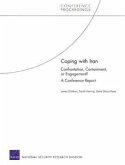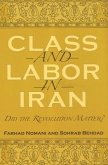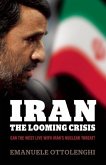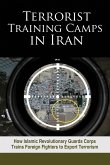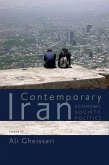Born in a country with three official languages, and an acquaintance with Latin during high school, it was no surprise that author Camille Verleuw became interested in Indo-European linguistics, discovering the Persian language and its local Afghan or Tajik forms. Verleuw graduated from two schools of the Department of Letters, Translation & Communication of the Université Libre of Brussels (Belgium) before moving to the University of Teheran to specialize in iranistics while working as a writer for the French-language daily newspaper Le Journal de Téhéran. After the closure of the newspaper at the beginning of the Islamic Revolution in 1979, Verleuw worked as a translator, a correspondent for European media, a media officer and an expert on Iranian affairs, including Shia Islam. Verleuw also spent long periods in Afghanistan and Tajikistan. The present study is aimed at explaining the realities of a country which is only presented in the media for the sensational statements of some of its leaders or its deep involvement in the Middle East affairs. The image has been mostly negative for years, especially since the takeover of the American embassy in Tehran on November 4, 1979, although the Iranian clerics' antagonism towards the United-States dates from the 1950s. The recent signing of agreements between Iran and some Western countries carries many hopes for a restoration of better relations and a return to the international scene of a matured Iran. Many businessmen will head back to Tehran: the country is in fact extremely thirsty of procuring new technologies or materials to meet development capabilities in all areas. However, thirty-seven years of isolation has led Iran to become self-sufficient in many areas thanks to its young people who have never been forbidden to study in Western countries. The reader will be impressed by the intellectual level of the authorities as shown by the included biographies of the government members. The land offers many opportunities, and this work highlights some of these areas. However, this study also cautions foreigners regarding their behavior and business opportunities while visiting Iran.


